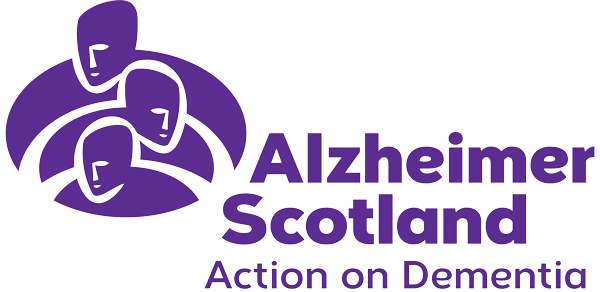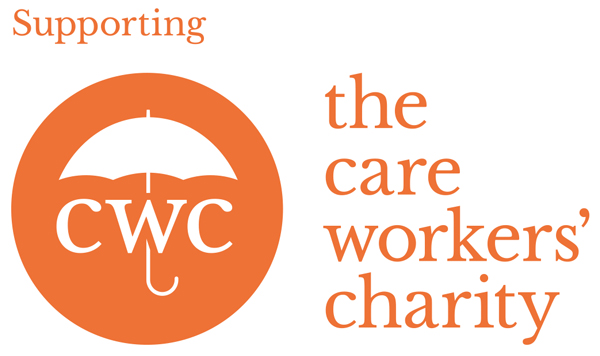
The award-winning Balhousie Care Group is installing a life-saving anti-choking suction device in each of its 26 care facilities.
The leading residential care provider, which operates across six regions of Scotland, started training staff this week on LifeVac and will roll out the device over the next few weeks. The device has a one-way valve system creating suction to safely remove lodged food or objects. It is non-invasive, meaning there is no risk to damaging the oral cavity, pushing the obstruction further down or pushing the tongue back.
Matthew Banagan, Sales & Marketing Director for LifeVac Europe, said: “LifeVac is particularly useful for someone who relies on a wheelchair. One of the biggest fears of carers is dealing with a choking incident with someone in a wheelchair or high-backed chair. It’s difficult, if not impossible, to get your arms around them and by the time you get them free of the chair to perform a traditional anti-choking technique, often they have become unconscious.”
Sheilah Harvey, Head of Operations at Balhousie Care Group, said: “LifeVac is simple to use, non-invasive and the statistics speak for themselves. It’s a wonderful opportunity to add this to our suite of services for our residents in our care homes.”
Leading the way in airway clearance device technology, LifeVac and its one-way suction technique has saved hundreds of lives worldwide, including more than 120 in the UK. The company claims that traditional choking protocol, such as back blows, abdominal thrusts and CPR, are only 70% to 76% effective when performed correctly.
“For wheelchair users this statistic drops drastically due to being unable to receive abdominal thrusts or back blows,” said Matt.
3 Facts About Choking
- Choking is one of the leading causes of accidental death in adults over the age of 65.
- Dysphagia – difficulty or inability to swallow certain foods or liquids – affects around 84% of people with dementia. It is estimated that 50-75% of care home residents have
- BLS Choking Protocol – performing abdominal thrusts and back blows – is 70-76% effective when performed correctly in a perfect situation. That effectiveness drops to around 30% for people in care homes due to their frailty or being in a wheelchair.









